Let me introduce myself: I’m Jonathan Edelstein, a long-time Internet friend of Aziz. I live in Queens, I’m married with no children but one cat, and I’m about halfway through my forties. I practice law, and hope someday to get it right.
I’ve been writing recreationally since I was four years old – my “first novel,” complete with illustrations, was about a cat who drove a truck, and I still have it somewhere in the closet of my spare room. Last year, I broke into the pro scene with First Do No Harm, a short story published at Strange Horizons, and The Shark God’s Child and The Starsmith will appear soon in Beneath Ceaseless Skies and Escape Pod. Through the good offices of Sealion Press, I’ve also published Union, Travail, Justice, an 8000-word alternate history story set in a Gabon that voted against independence in 1958; Luke didn’t care for it, but you might.
First Do No Harm takes place 30,000 years from now in a society that is emerging from a dark age, and is about medical ethics and the conflict between scholastic and scientific approaches to knowledge. Various reviewers have characterized the story’s future as too much like the past and not enough like the past; I’ll leave it to you whether it’s too hot, too cold or, as other reviewers thought, just right. What I’d like to discuss instead is the cultural setting.
Mutanda, the world of First Do No Harm (and the forthcoming Starsmith), has a language and society that are adapted from those of the Lamba ethnic group of the Zambian Copperbelt. The Lamba cosmology is, in some ways, made for science fiction, particularly in its concept of the awantu. The awantu maintain the sun, moon and stars – a cosmic working class, if you will – but the remarkable thing about them is that they’re people, with the “ntu” root that means “person” in almost all Bantu languages, and not gods or spirit creatures. They are people of another creation from humans, but they’re conceived as natural beings: in science fiction terms, as aliens.
The awantu play only a background role in First Do No Harm, but many of the kinship customs, words and names shown in the story are also adapted from the Lamba. Of course, no culture is likely to remain pure over 30,000 years, so there are elements drawn from other places: the clan structure owes a great deal to Gabon, the religion to the Yoruba, the clothing to several parts of West Africa, and if you’ve been to Lagos, then Chambishi Port might be a bit familiar. When The Starsmith comes out, you’ll see some Mandé and Shona influence, and if I sell other stories in the same universe, there will be echoes of other places, as well as cultural traits that appear nowhere on earth. And The Shark God’s Child, a fantasy, is set in an Austronesian-based culture that combines elements of Melanesia, Micronesia, Borneo and Madagascar.
Anyway, by now, you’ve probably figured out that I enjoy world-building and writing from the point of view of other cultures. I plead guilty as charged – Africa and the Pacific have been interests of mine for more than a quarter-century, I’ve published professionally on issues of Melanesian law, and I’ve been an honorary member of a Yoruba family for some years. I’m also a white Jewish guy from Queens, which means that when I discuss my stories, I sometimes end up in a conversation about cultural appropriation.
I hate the term “cultural appropriation,” because it conceives of culture as property and also as something that has clear boundaries. In fact, cultures blend into each other, and they have begged, borrowed and stolen from each other for as long as humans have been recognizably human. People and nations have migrated, traded and fought since immemorial times, and as they’ve done so, they’ve adapted and repurposed others’ cultural artifacts. The story of Noah’s Ark came from Gilgamesh; Christmas is Saturnalia with the serial numbers filed off; the stories of Indra, Zeus and Thor are sometimes uncannily familiar. Appropriation and adaptation is how cultures are made.
But however much I dislike the term, I recognize the thing. Culture may not be property but it is patrimony, and parts of it are sacred. Cultural artifacts aren’t meant to be superficial decorations, and they aren’t meant to be used offhandedly as window dressing or, worse, portrayed with a false claim of authenticity. The recent controversy about J.K. Rowling’s expansion of the Harry Potter universe, in which she placed the African magic academy Uagadou (a West African name used for the ancient Ghana empire and Burkina Faso’s capital city) in Uganda and decided that the skinwalkers of Navajo myth were in fact evil wizards, comes to mind, but there have been others.
So, when I build my worlds, I realize I need to walk a fine line and to draw from others’ stories without claiming to tell those stories for them. My overriding concern is to treat my source material with respect: to research thoroughly, to consult with people from the source culture (and let them know what I’m doing) whenever possible, to listen if anyone from that culture has issues with my portrayal, and to treat cultures as something three-dimensional and integral parts of the story rather than decorations. I try to take lessons from those who have gone before me. Above all, I try to acknowledge that I’m a tourist in other cultures and that I have an obligation, as any tourist would, not to litter the place and write my name on the walls.
Neil Gaiman famously said that anyone offended by the term “political correctness” should simply replace it with “treating other people with respect,” as in “Oh my god, that’s treating other people with respect gone mad!” Maybe the cultural appropriation debate might best be viewed the same way. If I can achieve “treating other people with respect gone mad,” then maybe I’m doing something right, and I’m always grateful for any help in getting there.

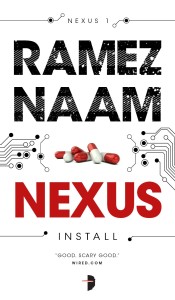

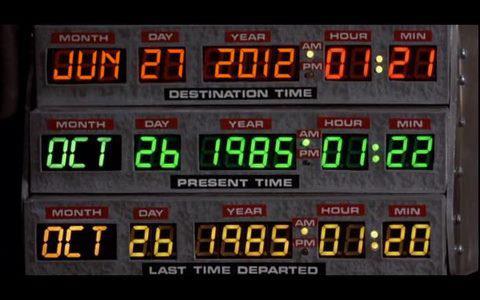
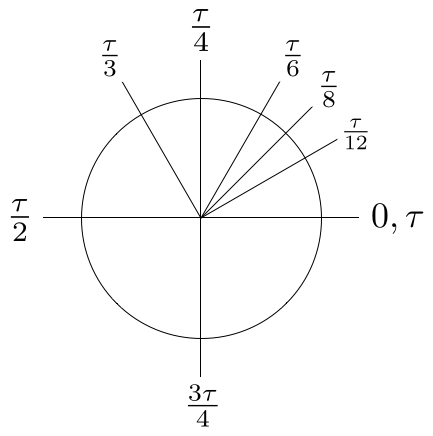
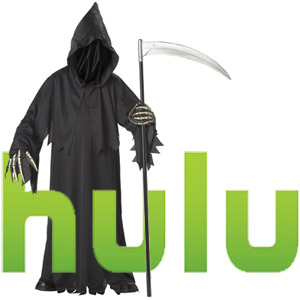

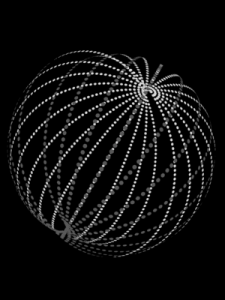 a wonderfully geeky debate is unfolding about the practicality of Dyson Spheres. Or rather, a subset type called a Dyson Swarm.
a wonderfully geeky debate is unfolding about the practicality of Dyson Spheres. Or rather, a subset type called a Dyson Swarm. 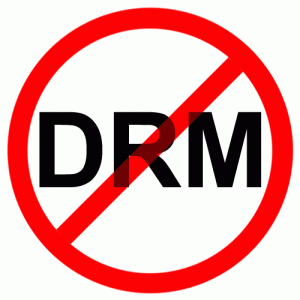 With
With